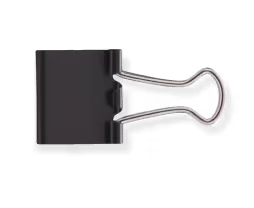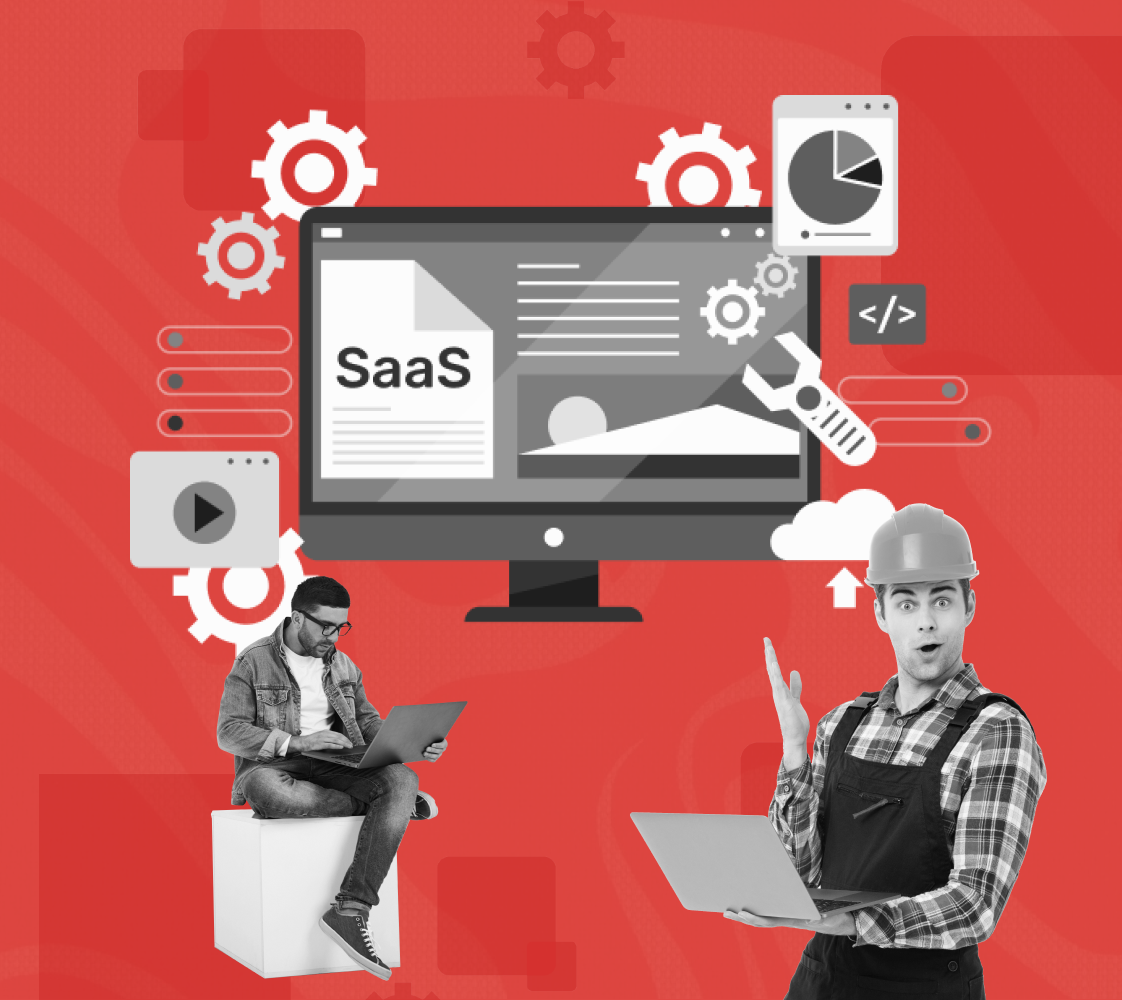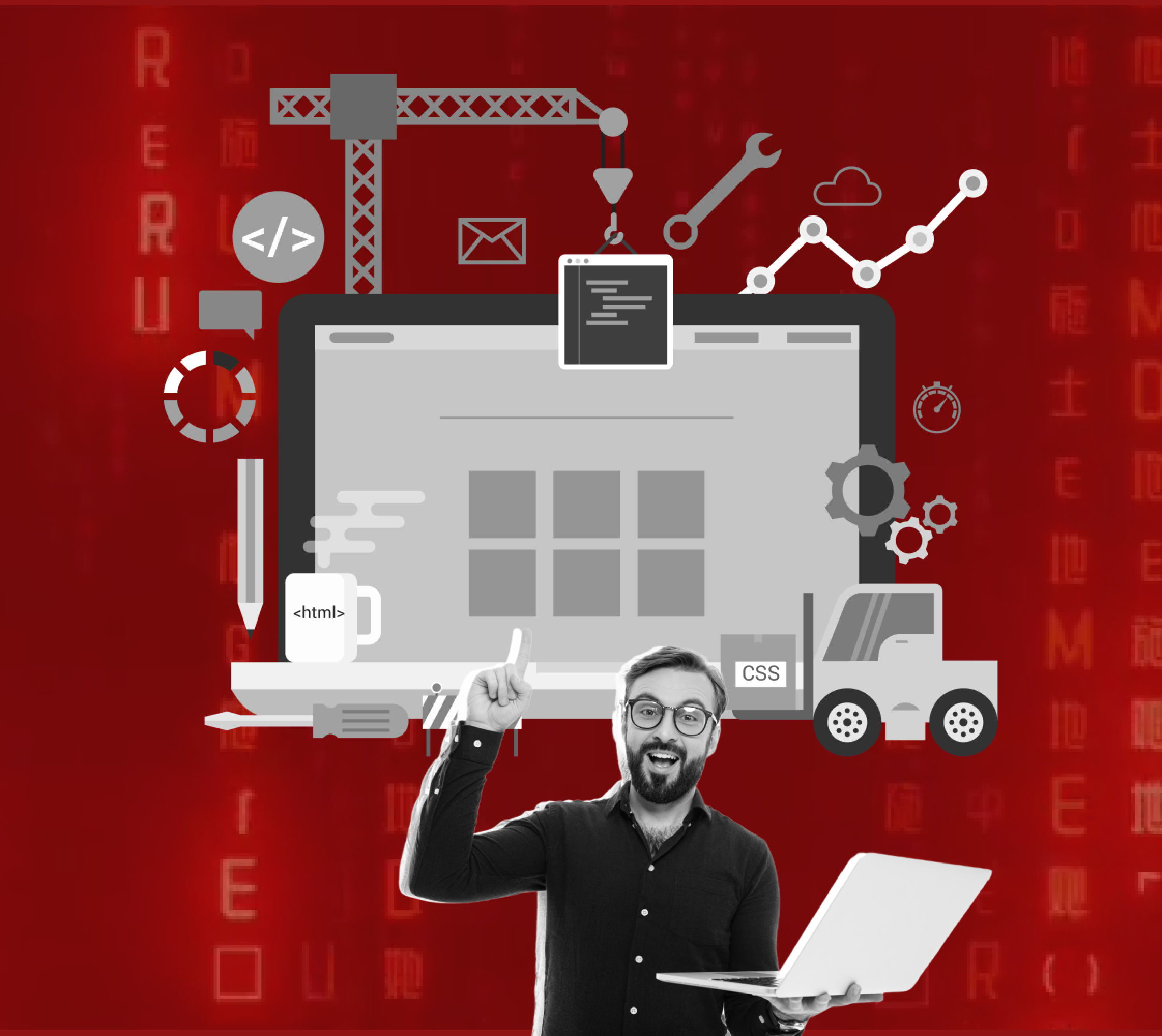12 SaaS Industry Trends 2025 That Are Redefining the Landscape
Why are conversion rates dropping despite better product experiences?
The answer sits buried in shifting buyer behavior patterns that most SaaS companies haven't adapted to yet. While teams pour resources into feature development, the real competitive advantage now comes from understanding how B2B decision-making has fundamentally changed. What worked in 2023 won't cut it anymore.
Sales cycles stretch longer, demos convert less, and free trials face higher abandonment rates. This shift explains why the SaaS market, despite growing from $399.10 billion in 2024 to a projected $819.23 billion by 2030, sees individual companies struggling with stagnant growth metrics.
Growth, yes. But it’s getting crowded. And noisy. Staying ahead now means watching what’s about to break through, not what already has. The signals are out there; you just need to know where to look.
Key Insights
- Buyer Groups Have Fundamentally Changed Deal Dynamics: The expansion from 6 to 10 stakeholders means your messaging must address IT security, procurement budgets, and end-user adoption simultaneously. Single-champion deals are extinct.
- Usage-Based Pricing Success Depends on Product Activation: Companies switching to consumption models without fixing activation see higher churn. The pricing only works when users hit value quickly and understand the usage-outcome connection.
- AI Integration Creates Two-Tier Market Separation: Organizations implementing AI-first approaches report 47% impact rates by rebuilding core workflows around intelligent automation, creating permanent competitive gaps with traditional approaches.
- Security Requirements Now Drive Initial Conversations: Compliance capabilities moved from late-stage procurement to early qualification criteria. Companies without native security features face elimination before functional demonstrations occur.
SaaS Industry Trends 2025 – Executive Summary
And now, for those who want to deep dive to get a deeper look into the key trends driving changes in the SaaS industry, here’s a detailed outlook:
The Most Eye-Opening SaaS Industry Trends in 2025
A good product isn’t enough anymore. You’re not just competing on UX or feature depth. You’re up against bloated buying processes, tighter budgets, and internal pressure to consolidate.
What’s shifting now is how they choose them, who gets a say, and what gets flagged before a deal even moves forward.
Let’s unpack key SaaS trends that are reshaping how successful SaaS companies operate, acquire customers, and retain revenue.
1. AI-First Product Development Has Become Table Stakes
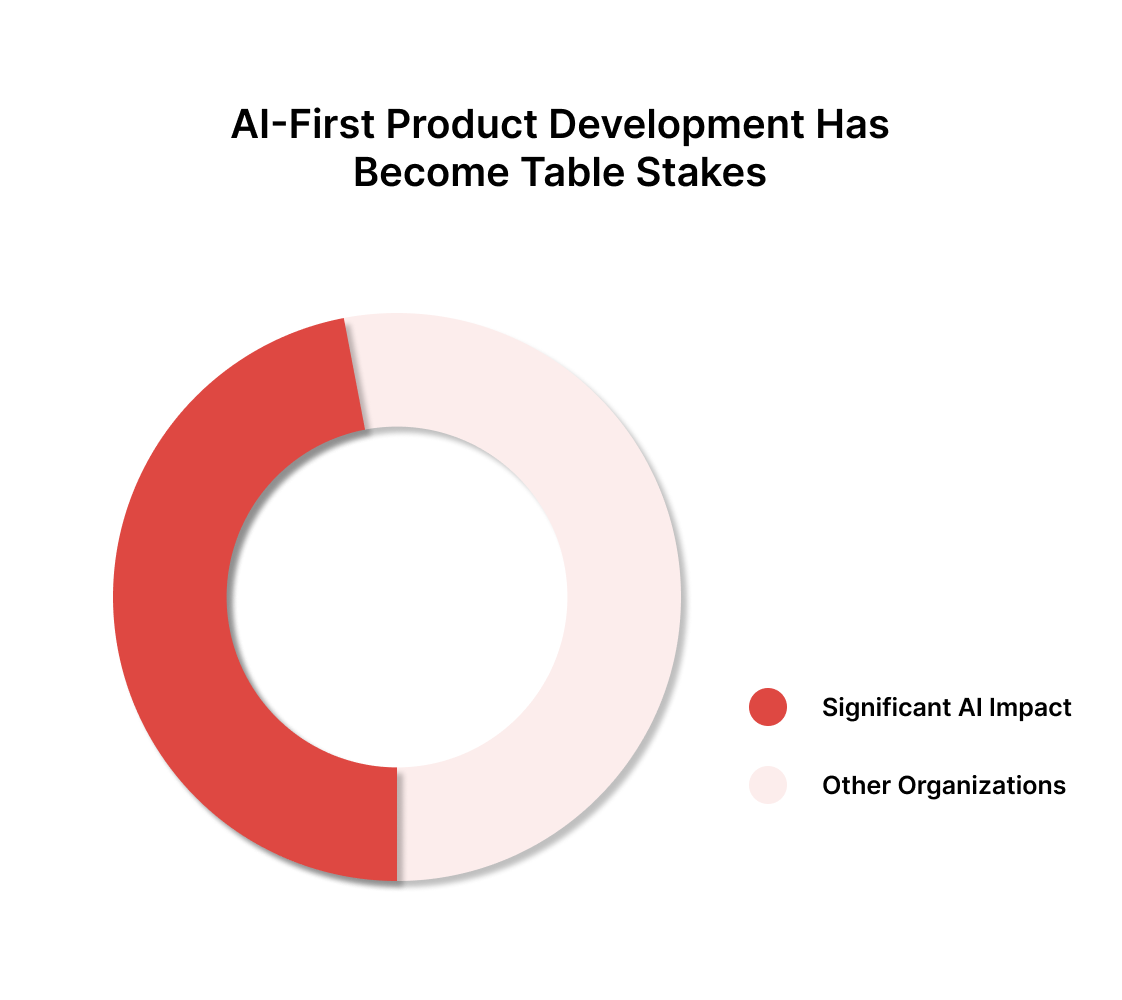
According to a 2025 McKinsey report, 47% percent of organizations report experiencing significant impact from AI integration, up from 44% in early 2024. Adding chatbots has become baseline functionality.
The real differentiation comes from embedding intelligence directly into core workflows where users spend most of their time.
Traditional product roadmaps focused on feature parity with competitors. Now, the differentiator lies in how intelligently your product anticipates user needs.
Marketing automation platforms that predict optimal send times, project management tools that flag potential delays before they happen, and analytics dashboards that surface insights without manual queries.
Behind the scenes, Forrester predicts tech leaders will triple their adoption of AI-for-IT-operations platforms in 2025 to manage rising technical debt and maintain resilient technology stacks.
This operational shift changes everything about user onboarding too. Instead of teaching users how to use features, products now adapt to how users naturally work. The learning curve flattens, time-to-value shrinks, and churn rates drop because the product feels intuitive from day one.
2. Buying Groups Are Expanding and Slowing Deals
Gartner data shows B2B buying groups now involve 6 to 10 stakeholders, compared to just 5 in 2018.
Approval rarely comes from a single champion anymore. Even when the initial user is excited, decision-making now includes IT, procurement, finance, security, and a mix of internal operators. Everyone has their own benchmarks, risks, and timelines.
This slows down even high-intent deals. Where a product-led motion used to win with strong UX and a compelling self-serve journey, it now needs role-specific messaging baked into the experience.
Case studies, ROI breakdowns, and security documentation all need to show up earlier, sometimes before a user even signs up.
Products that acknowledge these parallel conversations and feed each stakeholder the information they care about are seeing better movement and fewer stalls between demo and close.
3. Usage-Based Pricing Is Getting Popular
According to OpenView’s report, 61% of SaaS companies now use usage-based pricing in some form.
On paper, this pricing model aligns incentives. Customers pay for what they use, and vendors earn more as usage scales. But in practice, it introduces new friction. Buyers struggle to forecast monthly costs. Users churn before they see results.
This isn’t a pricing problem, but a product activation problem. If customers don’t hit their “aha” moment early, usage stays low. That leads to frustration, not retention.
The best-performing teams are approaching this with nuance: keeping base tiers predictable, then layering usage-based extensions where the connection to value is obvious.
For example, billing based on API calls works when the user understands how those calls impact revenue or efficiency. Otherwise, it just feels unpredictable.
Pricing needs to reflect usage, yes. But activation needs to carry the weight of that model, and most products aren't designed for that yet.
4. Vertical SaaS Dominance Over Horizontal Solutions
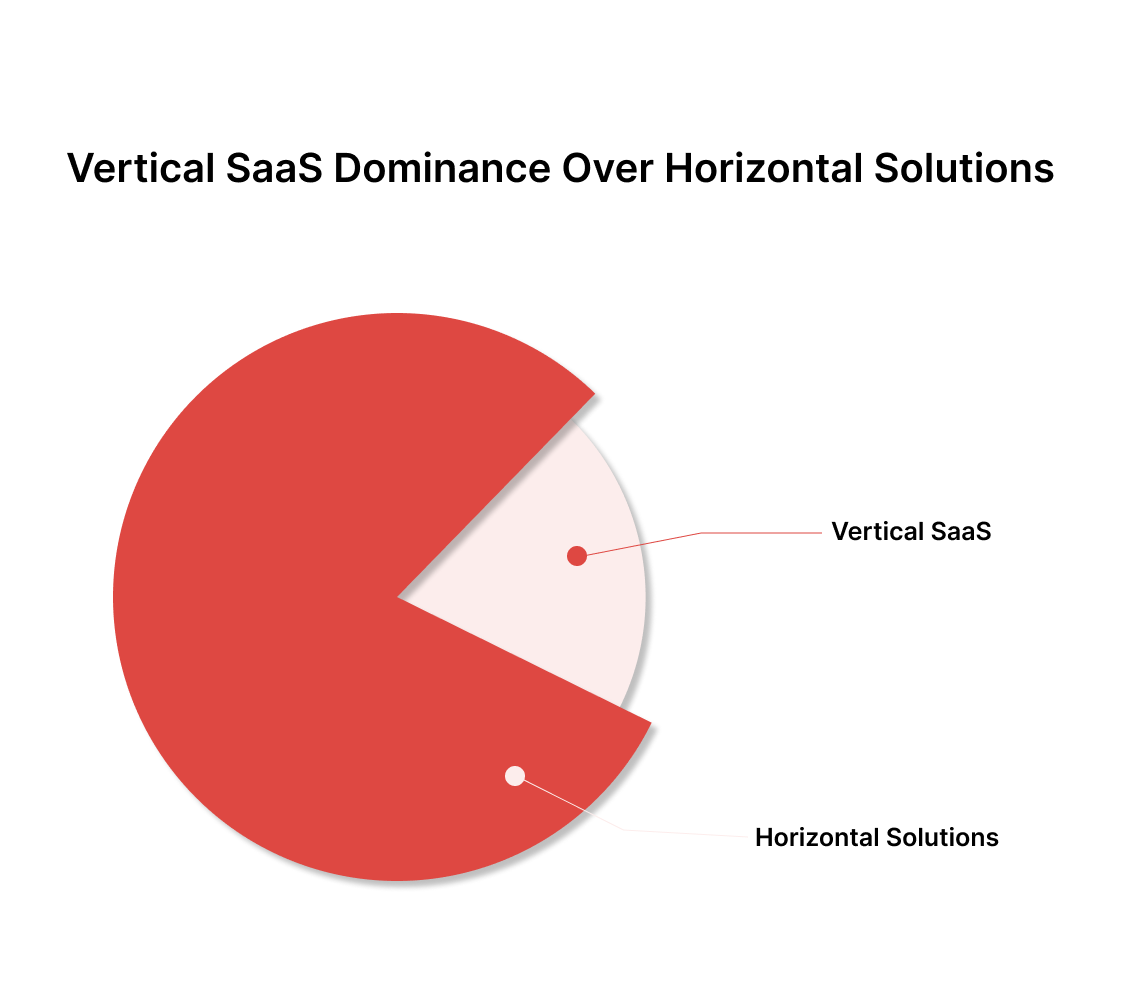
Vertical SaaS startups gained 80% investor favor in 2023, a significant jump from previous years, because they solve industry-specific problems that generic tools can't address.
The days of "one-size-fits-all" software are ending as buyers demand solutions built for their exact use case.
Construction companies don't want a modified CRM. They want software that understands permit tracking, subcontractor management, and compliance requirements. Healthcare providers need tools that handle HIPAA compliance natively, not as an add-on feature.
This specialization creates stronger competitive moats. When your product speaks the industry's language and handles unique workflows, switching costs increase dramatically.
Sales conversations become easier because prospects immediately understand the value without extensive explanation or customization promises.
5. Micro-SaaS Focused Products Are Winning in Overserved Markets
Micro-SaaS tools are gaining traction because they offer something many large platforms can’t - precision. These products are built for narrow use cases inside familiar ecosystems like Notion, Shopify, or Slack, and they solve workflow-level problems without bloat or onboarding delays.
Their strength lies in speed and clarity. Buyers don’t need demos, onboarding calls, or internal approval chains to get started. The value is obvious, the setup is minimal, and usage begins almost instantly.
That’s exactly what many teams now prefer - tools that fix one problem well without pulling in layers of features they didn’t ask for.
Procurement is starting to treat Micro-SaaS tools as plug-and-play solutions for specific gaps in the stack, especially when those gaps aren’t worth a full platform switch. Low-risk, high-speed adoption gives them a tactical edge in crowded internal workflows.
Take Super.so, a Micro-SaaS that turns Notion pages into fast-loading websites in under 10 minutes, for example. It solves a very specific pain point for startups and solo founders - publishing professional pages without writing code. No learning curve, no complex builder, just a focused solution on top of an existing workflow.
This shift sets a new benchmark. Broad platforms now have to justify their complexity. If a tiny tool can handle a critical task faster and cleaner, buyers will adopt it quietly and permanently.
Large SaaS teams need to study this trend not just for competition, but for insight. What one problem do users wish your product focused on more? That answer is where adoption either deepens or disappears.
6. Consolidation Pressure Is Still Present, but It’s Slowing Down
The first wave of SaaS downsizing cut out tools with low usage or obvious overlap. What’s happening now is more measured.
Procurement teams are still reviewing spend, but decisions are more about long-term fit than short-term cost. The focus has shifted from volume reduction to value justification.
Companies are using an average of 106 SaaS apps today, down from 112 in 2023. But the rate of consolidation has slowed, with year-over-year cuts dropping from 14% to just 5%, according to BetterCloud report.
The easy eliminations are behind them. What’s left are tools that sit uncomfortably close to bundled features or internal builds.
That changes the benchmark. A SaaS product now has to offer something others in the stack don’t. Teams that communicate that difference clearly, especially during renewals, are in a stronger position. Those that don’t are quietly getting replaced.
7. Multi-Product Ecosystems Beat Single-Point Solutions
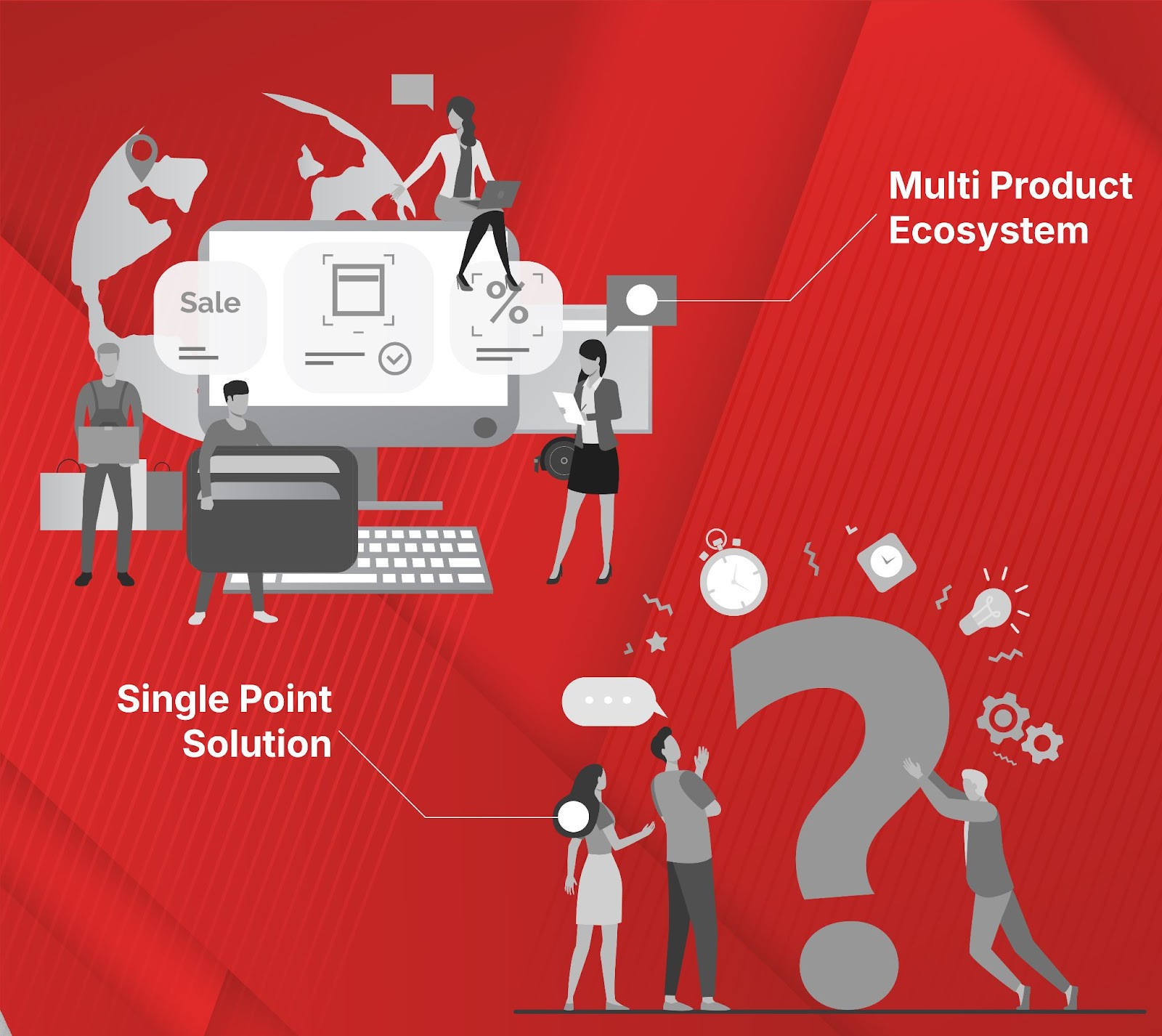
Based on our observation, SaaS companies building multi-product ecosystems see dramatically lower churn and higher customer lifetime value. The trend moves away from best-of-breed tools toward comprehensive platforms that handle multiple workflows.
Single-point solutions face constant pressure to prove their worth. When budget cuts happen, specialized tools often get eliminated first. But when your software handles multiple critical functions, it becomes infrastructure rather than a nice-to-have tool.
Integration fatigue plays a major role here. Teams are tired of managing dozens of different logins, data syncing issues, and workflow breaks between systems.
Companies that can consolidate multiple functions into one cohesive experience gain significant advantages in both acquisition and retention.
8. Community-Led Growth Replaces Traditional Marketing Funnels
Many SaaS companies still rely on traditional content marketing while their competitors build thriving user communities that generate significantly more qualified leads. The shift represents a fundamental change in how prospects discover and evaluate solutions.
Instead of pushing content at potential customers, successful companies now create spaces where users share experiences, solve problems together, and showcase results. These communities become self-sustaining lead generation engines where word-of-mouth happens at scale.
The buying process has become increasingly social. Decision-makers want to hear from actual users, not just sales teams.
Communities provide that authentic voice while building stronger relationships between the company and its customers. Users who participate in communities adopt products faster and become natural advocates for expansion sales.
Also read: Complete SaaS Content Marketing Service Guide
9. Rep-Free Sales Sounds Great, Until It’s Time to Buy
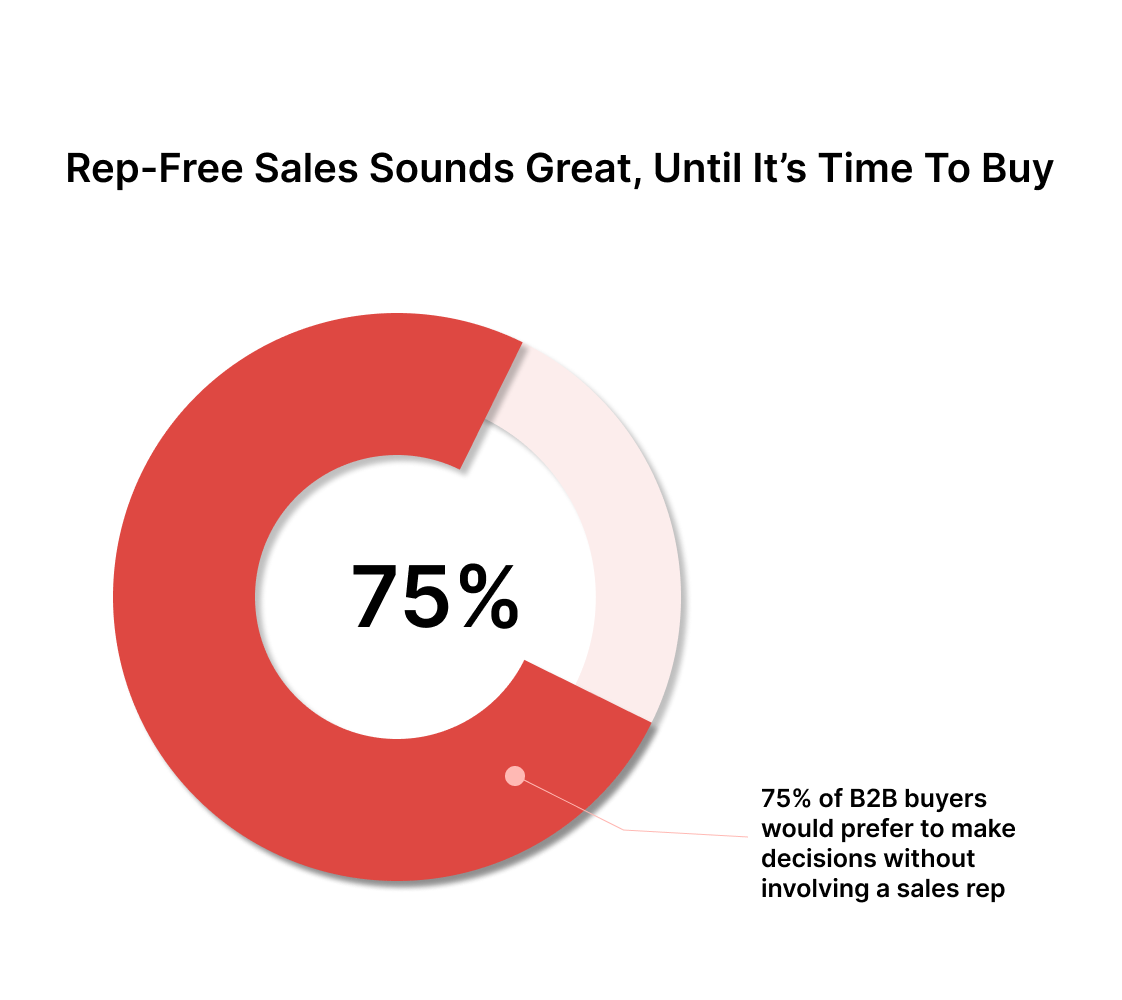
The verdict is out - 75% of B2B buyers say they’d rather make decisions without involving a sales rep, says Gartner. But preference doesn’t always match behavior. When the process stays entirely self-serve, the likelihood of completing a purchase drops.
It’s not a contradiction. Buyers want control, not isolation. They’re open to help—but only when it’s timely, relevant, and non-intrusive. That’s why high-performing teams are redesigning their self-serve flows to feel more like guided autonomy than a checkout cart.
This shift is less about removing humans and more about redefining their role. Support, product, and sales now intersect at critical moments: stalled trial usage, unclear pricing tiers, or friction around procurement documents. When surfaced correctly, these touchpoints don’t feel like sales, they feel like service.
Products built for this hybrid motion (which clear paths for self-starters and provide invisible scaffolding for those who need it) are converting better across both ends of the funnel.
10. Security and Compliance Are Now Entry Points, Not Add-Ons
B2B consumers now consider compliance features a requirement, not a differentiator. The conversation has shifted from "Do you offer SOC 2?" to "Which compliance frameworks do you support natively?" Security questionnaires that once took weeks to complete now happen during the first sales call.
This change stems from increasing regulatory pressure and high-profile breaches that have made security a board-level concern. Procurement teams receive explicit instructions to eliminate vendors without proper compliance documentation. IT departments can't justify tools that create audit headaches or require extensive security reviews.
The impact goes beyond just having the right certifications. Companies that build compliance into their product architecture from day one move faster through enterprise sales cycles.
Those treating security as an afterthought face longer evaluations, additional scrutiny, and often lose deals to competitors with stronger compliance positioning.
Modern SaaS buyers expect security features like single sign-on, role-based access controls, and audit logging to work seamlessly without configuration complexity.
When these capabilities require separate modules or additional fees, it signals that security wasn't prioritized in the original product design. That perception becomes harder to overcome as the sales process progresses.
11. SaaS Sites Still Look Polished, But They Don’t Guide
Too many SaaS homepages still focus on aesthetics over flow. Sharp typography, minimal layouts, plenty of whitespace, but little clarity on what the product actually does or how it helps. Buyers arrive curious but leave uncertain.
The problem isn’t visual quality. It’s narrative logic. When messaging doesn’t map to where the buyer is in their process, it creates friction. For instance, technical users looking for integrations often have to dig through FAQs or support pages. CFOs looking for pricing justification get buried under feature blurbs.
Web design that’s performing better in 2025 leans on modularity instead of structure alone.
The focus is now on how messaging shifts based on buyer intent. Instead of simply rebuilding pages, designers are now reordering information and giving different users what they came for within seconds of landing.
12. Mobile-First Design Is Becoming Desktop-First Reality

B2B software interfaces designed for mobile consumption perform better on desktop than traditional desktop-first designs. Touch-friendly buttons, simplified navigation, and streamlined information hierarchy create cleaner experiences across all devices.
The trend emerged as decision-makers increasingly research and evaluate software on mobile devices during commutes, travel, and outside office hours.
Websites that require pinching and zooming to read content lose prospects before they reach the signup page. Clean, mobile-optimized interfaces signal modern thinking and attention to user experience details.
Optimizing a B2B SaaS website for maximum conversions is not as simple as following design trends or copying successful competitors. One wrong assumption about user behavior or a poorly placed call-to-action, and your leads will not take a second to bounce to a competitor's site.
If you are struggling with conversion optimization or need expert guidance on implementing these trends effectively, you shouldn’t because Beetle Beetle exists.
2X Your Conversions With a Dynamic Website Crafted by Beetle Beetle
Following trends isn’t the goal here; outpacing them is. That only happens when your website reflects how buyers actually evaluate products today. At Beetle Beetle, that’s the core of what we build. We don’t just design pages; we create modular content experiences that adapt to shifting buyer intent, team roles, and decision points.
From building narrative flows that reduce friction to shaping product visuals that clarify complex capabilities in seconds, every element is built with the SaaS buyer journey in mind.
Whether you’re launching a new platform or rethinking conversion paths, we translate your value into action and action into revenue.
Your product has grown. Let your website catch up. Hire Beetle Beetle for website design and visual branding today.
FAQs
1. If SaaS is growing, why are individual companies struggling to scale?
Because growth is now uneven. While the overall market expands, competition intensifies, buyer expectations evolve, and traditional GTM motions convert less reliably.
2. Has product-led growth become less effective?
Not less effective, just less predictable. Without support touchpoints and tailored onboarding, PLG often leads to quick drop-off instead of long-term retention.
3. Are buyers actually using AI features or just asking for them?
Most use them superficially. What buyers want is contextual AI - features that solve real workflow pain, not standalone tools that add noise.
4. Do SaaS buyers really prefer no sales interaction at all?
They want less friction, not less guidance. When sales feel helpful and not pushy, buyers still engage, especially when they’re stuck.
5. Is there still room for niche SaaS products, or is consolidation taking over?
There’s room, but the bar is higher. Niche products survive when they demonstrate unique value that bundled alternatives can’t replicate.


.jpg)

